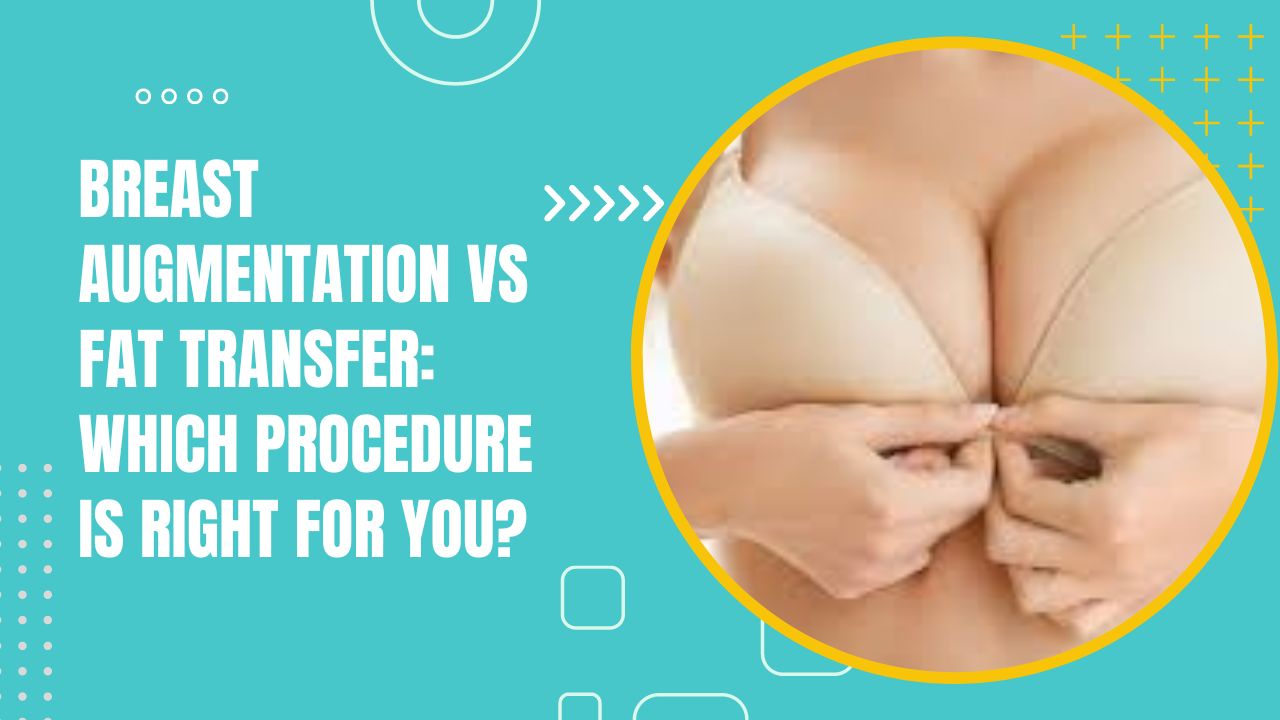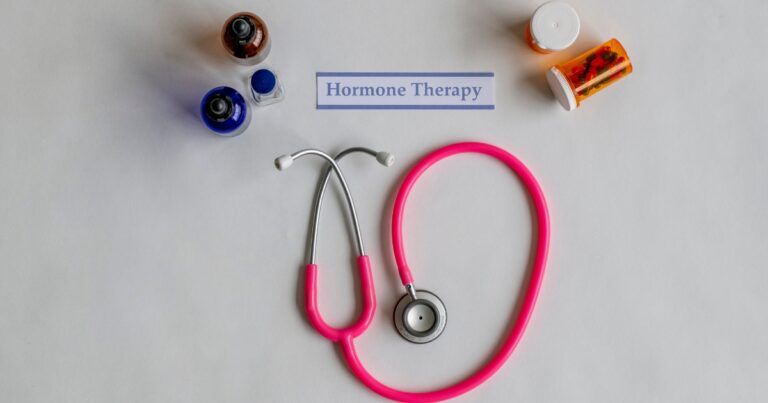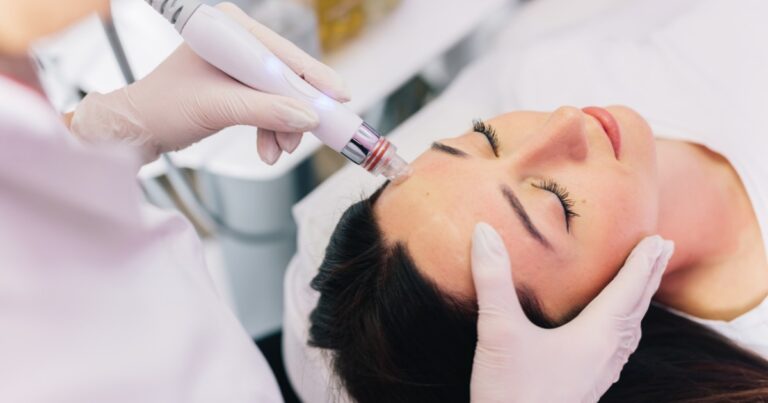Breast augmentation and fat transfer are two popular cosmetic procedures that women consider when they want to enhance their breasts. Both procedures have pros and cons, and it’s essential to understand their differences before making an informed decision.
This comprehensive comparison will explore the key differences between breast augmentation and fat transfer. We’ll also look at the benefits and drawbacks of each procedure and the potential risks and complications.
By the end of this article, you’ll better understand which procedure is right for you and can make an informed decision that will help you achieve your desired look.
What is Breast Augmentation?
Breast augmentation is a surgical procedure that involves placing breast implants to increase the breasts’ size, shape, and volume. The implants are made of either silicone or saline and placed above or below the chest muscle.
Book A Consultation With Dr Tarek Bayazid
Top-rated Plastic Surgeon For Breast Augmentation in Dubai
Installment Plan Available
A Breast Augmentation Enlargement Expert is a doctor who specializes in making women’s breasts larger through surgery. they have special training to ensure the procedure is safe and effective.
Benefits of Breast Augmentation:
Drawbacks of Breast Augmentation:
What is Fat Transfer?
Fat transfer, also known as fat grafting or lipofilling, is a cosmetic procedure that involves transferring fat from one body area to the breasts. The procedure involves extracting fat from the patient’s abdomen, thighs, or buttocks and injecting it into the breasts to increase their size and improve their shape.
Benefits of Fat Transfer:
Drawbacks of Fat Transfer:
Cost For Breast Augmentation vs Fat Transfer
In general, breast augmentation is more expensive than fat transfer. The cost of breast augmentation typically includes the implants themselves, while fat transfer involves using your own fat cells, which can be less costly.
However, the overall cost will depend on various factors, such as the surgeon’s fees, location, and the complexity of the procedure. It’s best to consult with a qualified surgeon to determine the cost of each option and what is feasible for your budget.
How Do Breast Augmentation and Fat Transfer Compare?
Breast augmentation and fat transfer differ in how they enhance breast size and shape. Breast augmentation uses implants to add volume, while fat transfer uses the patient’s fat to create a fuller appearance.
Breast augmentation is more invasive than fat transfer and involves inserting foreign objects into the body. Fat transfer, however, involves extracting fat from one part of the body and injecting it into another.
Both procedures have benefits and drawbacks, and it’s crucial to consider them carefully before making a decision.
Risks and Complications
Breast augmentation and fat transfer are surgical procedures with risks and potential complications. These may include bleeding, infection, scarring, and implant rupture.
It’s essential to discuss the risks and potential complications with your surgeon and ensure that you understand the potential risks before undergoing any procedure.
Which Procedure Is Right for You?
Deciding which procedure is right for you depends on several factors, including your desired outcome, overall health, and lifestyle. It’s essential to discuss your goals and expectations with your surgeon and understand the potential risks and benefits of each procedure before making a decision. Discover Radiance at Dubai’s Top Aesthetic Clinic , where you can get the best beauty treatments to make you look and feel amazing. It’s like a magic place where experts make you even more beautiful! Breast augmentation 300cc enhancement means making breasts bigger using implants that are 300cc in size it helps people feel more confident about their appearance
Conclusion:
Breast augmentation and fat transfer are two popular cosmetic procedures that help women enhance their breast size and shape. Both procedures have pros and cons, and it’s important to understand their differences before making an informed decision.
Ultimately, deciding which procedure to choose will depend on several factors, including your desired outcome, overall health, and lifestyle. It’s important to discuss your goals and expectations with your surgeon and understand each procedure’s potential risks and benefits before deciding.
If you’re considering breast augmentation or fat transfer, it’s important to consult with a qualified and experienced surgeon. Dr Tarek is a board-certified plastic surgeon with extensive experience in both breast augmentation and fat transfer procedures. If you’re in the UK and looking for a consultation or quote, please visit his website at https://www.drtarekaesthetics.com/ and request a quote today. Don’t hesitate to take the first step towards achieving your desired look!








